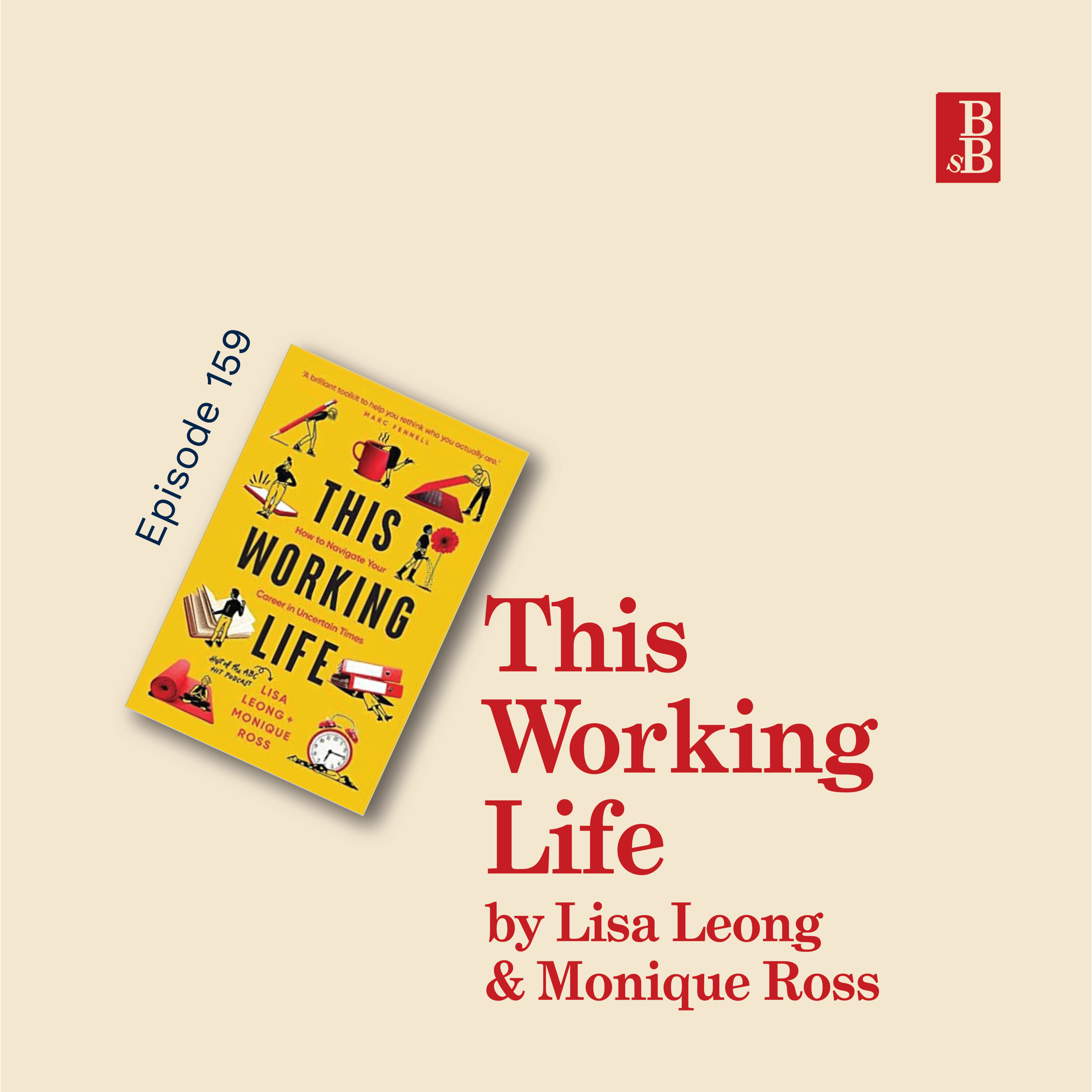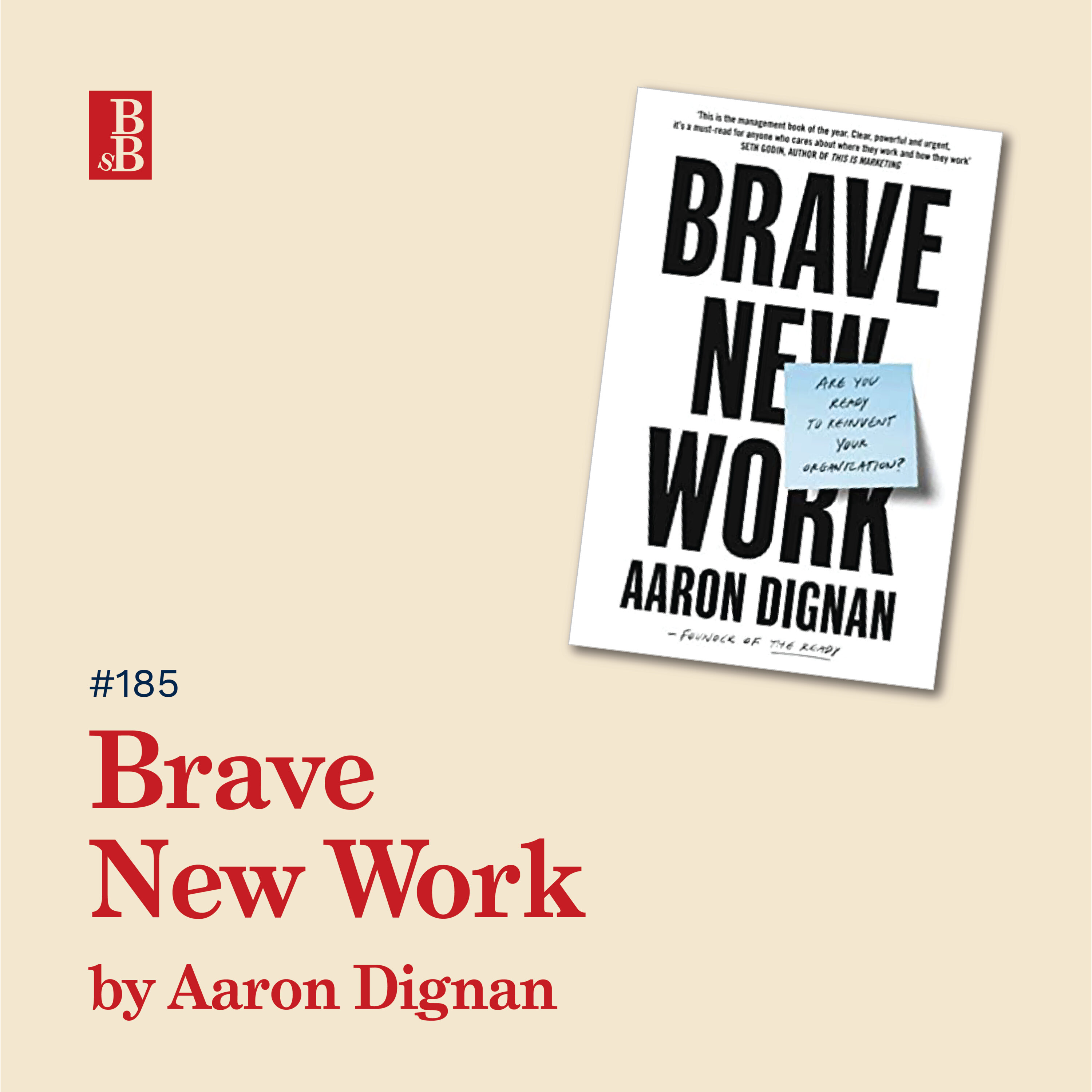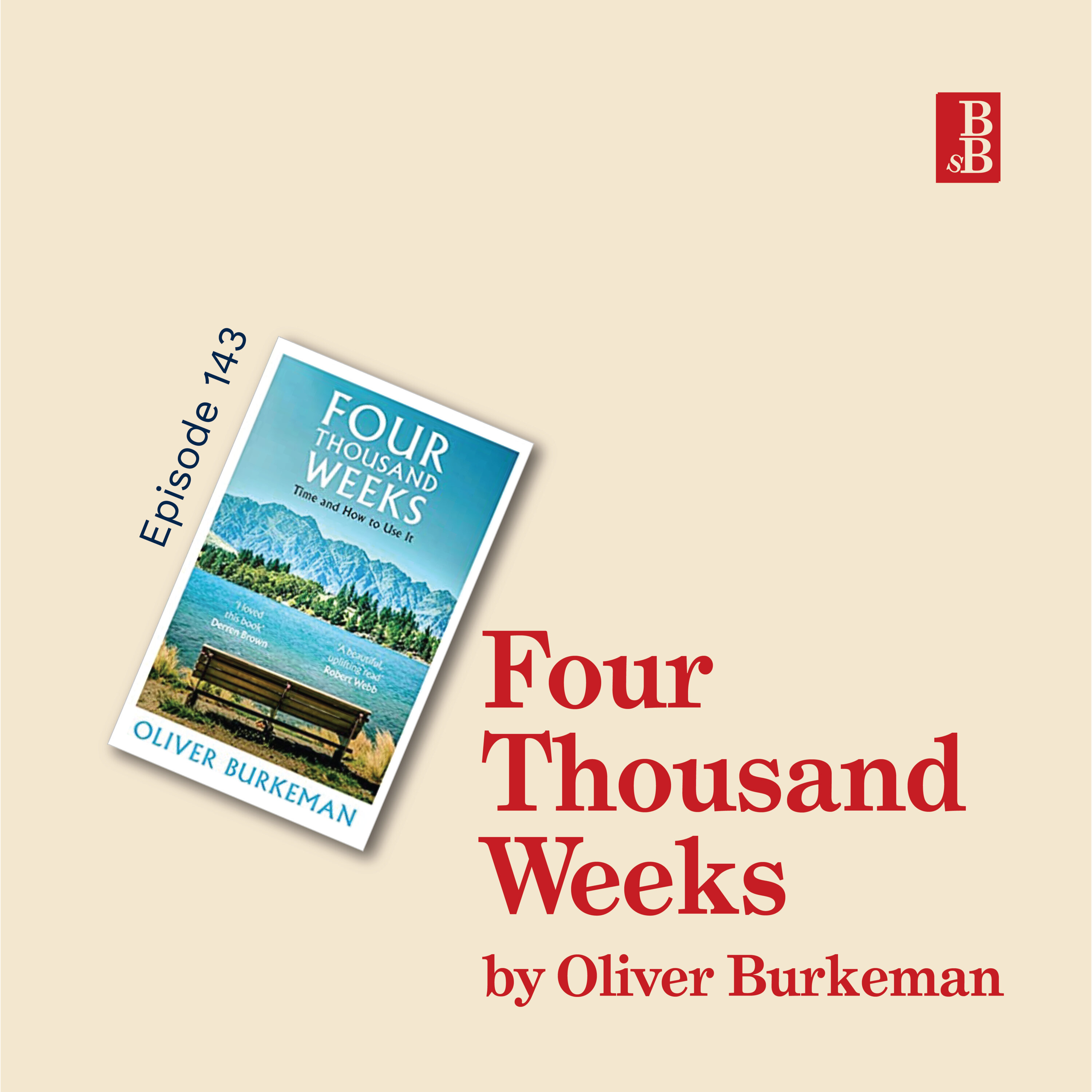Built to Last by Jim Collins: Why you need to be big, hairy and cult-like to succeed
Sign up to the bookmark newsletter:
https://mailchi.mp/1119b1358a84/thebookmark
About the Author
Jim Collins is a student and teacher of what makes great companies tick, and a Socratic advisor to leaders in the business and social sectors.
Having invested more than a quarter century in rigorous research, he has authored or coauthored six books that have sold in total more than 10 million copies worldwide.
Driven by a relentless curiosity, Jim began his research and teaching career on the faculty at the Stanford Graduate School of Business, where he received the Distinguished Teaching Award in 1992.
In 1995, he founded a management laboratory in Boulder, Colorado, where he conducts research and engages with CEOs and senior-leadership teams.
In addition to his work in the business sector, Jim has a passion for learning and teaching in the social sectors, including education, healthcare, government, faith-based organizations, social ventures, and cause-driven nonprofits. In 2012 and 2013, he had the honor to serve a two-year appointment as the Class of 1951 Chair for the Study of Leadership at the United States Military Academy at West Point.
Jim has been an avid rock climber for more than forty years and has completed single-day ascents of El Capitan and Half Dome in Yosemite Valley.
Source: https://www.jimcollins.com/about.html
Click here to buy on The Book Depository
https://www.bookdepository.com/Built-to-Last/9780060516406/?a_aid=stephsbookshelf
About the Book
Coauthored with Jerry Porras and based on their research project at the Stanford Graduate School of Business, this book investigates the question, Why are some companies able to become and remain visionary through multiple generations of leaders, across decades, and even centuries? Among the findings are Preserve the Core/Stimulate Progress, BHAGs (Big Hairy Audacious Goals), and the Genius of the AND.
Like Good to Great, Built to Last compares great companies to good ones during specific eras in history, asking, what systematically distinguishes the great from the average?
Source: https://www.jimcollins.com/books.html
Links
Find out more about the research process that Jim and his team use here:
https://www.jimcollins.com/books/research.html#articletop
Read an article with some of the key concepts of Built To Last here:
https://www.jimcollins.com/article_topics/articles/building-companies.html#articletop
BIG IDE 1 (5:47) – Clock building not time telling.
The key idea that lasts through the book is about creating something that outlasts the transaction. It’s about building the clocks so that someone will always be able to tell the time rather than just telling them what the time is in that moment.
There is also the idea of not having celebrity leaders and losing the genius with a thousand followers because generally it is not that kind of leader who builds an organisation that is built to last. A big idea is that the *company* is the ultimate creation, not a specific idea, product or leader. The leaders aren’t what makes the company, the company makes the company.
This idea is a long term view because you are building the clocks.
BIG IDEA 2 (8:15) – The big hairy audacious goal.
Your BHAG may seem crazy from the outside, and may not even be attainable. However the audaciousness actually makes completely sense from the inside of a great company. It’s this that keeps you moving forward and striving towards something like great visionary companies.
There is no clear correlation as to what needs to be in a core ideology as long a it’s authentic and consistent and helps preserve the core of the organisation
BIG IDEA 3 (11:30) – have a cult like culture.
This idea is ultimately about discipline and sticking to the plan, being consistent and practicing what you preach at all levels. In visionary companies, people know what to do and how to do it- and the how usually stands out as unique compared to other companies. These unique cultures quickly reject those who will not survive this type of ecosystem. This also breeds the future leaders who are home grown. Visionary companies also have a low rate of bringing in external people to take on CEO roles.
There was a great quote in the book that ‘discipline is the greatest thing in the world. Where there is no discipline there is no character and therefore there is no progress’. Food for thought…
Music By: Ambitious Proletariat – Instrumental Version Song by Ian Locke
Let’s Connect
LinkedIn: www.linkedin.com/in/steph-clarke
Instagram: @stephsbizbookshelf
Enjoying the show?
Please hit subscribe so you don’t miss an episode and leave a review on iTunes to help others find us.
See omnystudio.com/listener for privacy information.
Hey, have you subscribed to the bookmark newsletter? If you liked this, you might like my twice-monthly email with book reviews and ideas of what you should be reading, and listening to, next. Click here to subscribe.

















